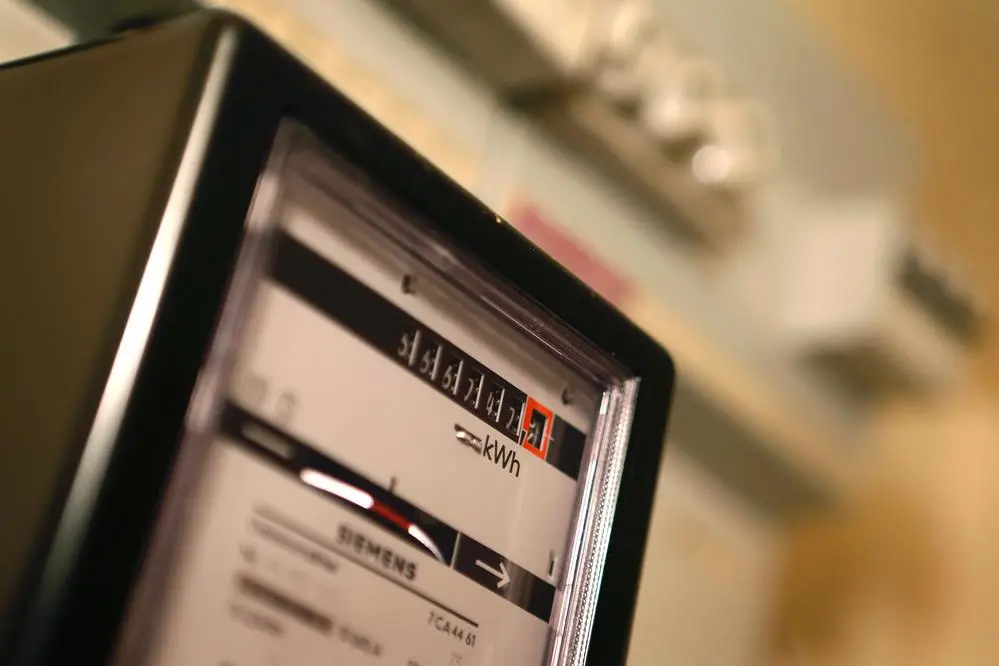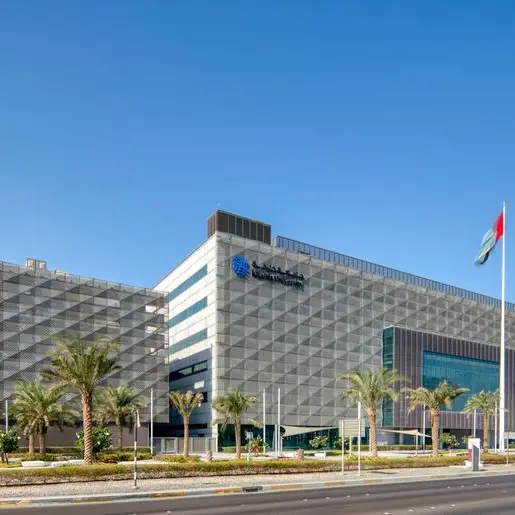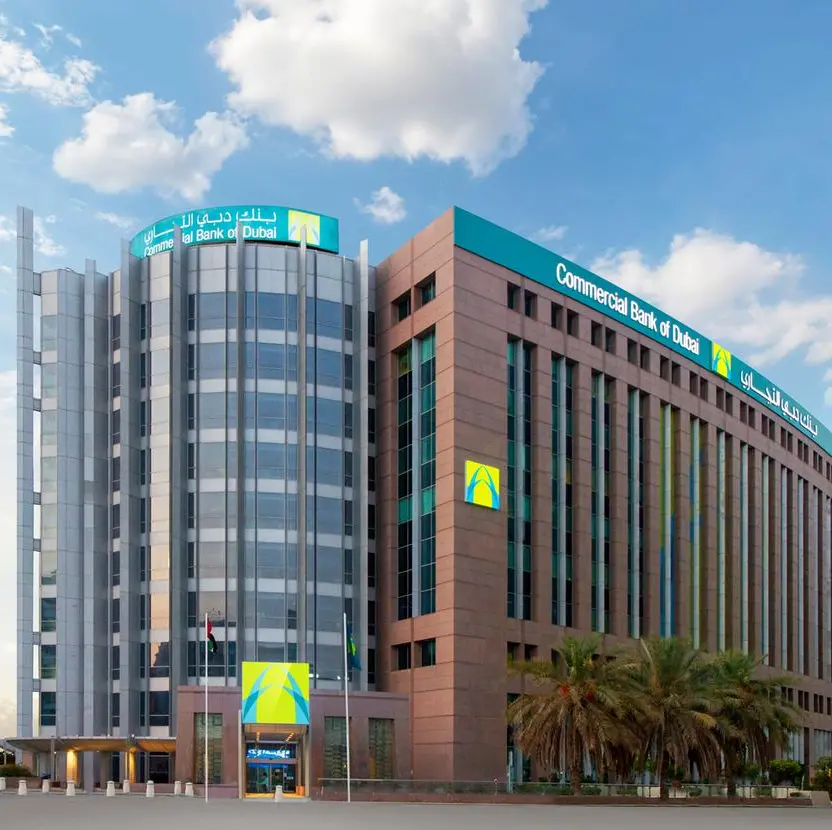PHOTO
Jordans decision in 2012 to begin a phased withdrawal of electricity subsidies was undoubtedly a good one from the point of view of the kingdoms public finances.
However, as a result, many businesses have faced higher electricity costs and lower margins and the subsidy cuts have also proved unpopular with many of the kingdom's households. Electricity prices have been rising at a time when oil and gas prices have been tumbling globally, making Jordan one of the few countries in the region to see its power costs rise.Yet many suggest that the subsidy cuts are not having as negative an impact as they might have, with Jordan able to benefit from the deflationary effects of falling oil and gas prices. At the same time, the long-term benefits from the kingdom shedding this major fiscal burden may well make the short-term pain worthwhile.
Subsidy drawdownWith proven hydrocarbon reserves of only around 1m barrels of oil and 200bn cu feet of natural gas, Jordan imports over 90% of its energy needs - a quantity that's equivalent to around 40% of the state budget, according to the US Energy Information Administration.
In the past, Jordan bought oil from Iraq and later, piped natural gas from Egypt to the generators of the kingdom's central power provider, the National Electric Power Company (NEPCO). However, the Iraqi deal is not longer operational, while the pipeline from Egypt has been repeatedly sabotaged. This has left Jordan more dependent than ever on imported fuel oil for its power stations.
In recent years, the higher price of these imports has severely impacted NEPCO and the Jordanian exchequer. The electricity subsidy jumped from JD161m ($226.4m) in 2010 to an estimated JD1.1bn ($1.5bn) in 2011, after the Arab Spring and the first major disruption of Egyptian supplies. The 2011 figure represented 3.8% of GDP, with the total growing since. One of the outcomes is that Jordan had to pay out JD1.1bn ($1.6bn) in 2014 to service its resultant burgeoning public debt.
This means cutting subsidies has been a major tool in the government's fight to cut its losses and ensure long-term financial stability, with all subsidies to be removed by 2017 as part of a phased withdrawal. Since the cuts began, the fiscal deficit has fallen from JD1.8bn ($2.5bn) in 2012 to JD1.3bn ($1.8bn) in 2013, and an estimated JD1.1bn ($1.5bn) in 2014. This improved fiscal position even allowed some tentative expansion in the 2015 budget.
Cost of doing businessStreet protests greeted the initial decision to cut subsidies in 2012, while fierce opposition in parliament to a further 15% hike in electricity at the start of 2015 led to a more moderate 7.5% rise.
Businesses have often had to pass on the electricity hikes to their customers with higher prices, and suffer cuts in margins. This has made some Jordanian products less competitive, according to Toufic Tabbara, CEO at Lafarge. "Energy prices in the kingdom are very high, which translates to higher end costs for products. This means Jordan's cement and concrete is priced higher than regional and international market prices, making it wholly uncompetitive to export in the region," he told OBG.
However, other industrialists believe that electricity prices are fair, given that other large manufacturing countries in the region such as Turkey and Israel have higher energy costs. "The problem is that the industry and commercial tariffs pay to subsidise housing electricity tariffs. Households should pay more, but the problem is people have become accustomed to this status quo and any change leads to public backlash," Sheldon Fink, CEO at PBI Aqaba, which develops and manages Aqaba Industrial Estate, told OBG.
Lower pricesYet there is evidence that Jordan may be benefitting from its subsidy cuts. As global oil and gas prices tumbled last year, the prices of many commodities, including food, fell too. This has kept inflation down, despite the electricity price hikes. Indeed, in January-February 2015, consumer prices eased by 0.8%. This has helped households and businesses shoulder the burden, as the costs of other inputs have declined.
Moreover, Jordan's energy import costs - and thus electricity prices - should ease with the opening of the new liquefied natural gas (LNG) terminal at Aqaba later this year. Higher electricity prices have also made the maths on projects such as Arab Potash Company's natural gas pipeline from Israel more attractive, while continuing to provide incentives for companies to invest in renewables, such as solar, and energy saving schemes.
There is also room for further cost efficiencies down the road. Currently, the LNG coming ashore at Aqaba - and the gas coming in from Israel - will go straight to NEPCO to power turbines and be made into electricity, which will then be sold on to businesses. One further development might be to redirect some of that flow directly to industry, making more cost-efficient gas a direct production input, rather than obliging firms to buy power.
Oxford Business Group 2015












